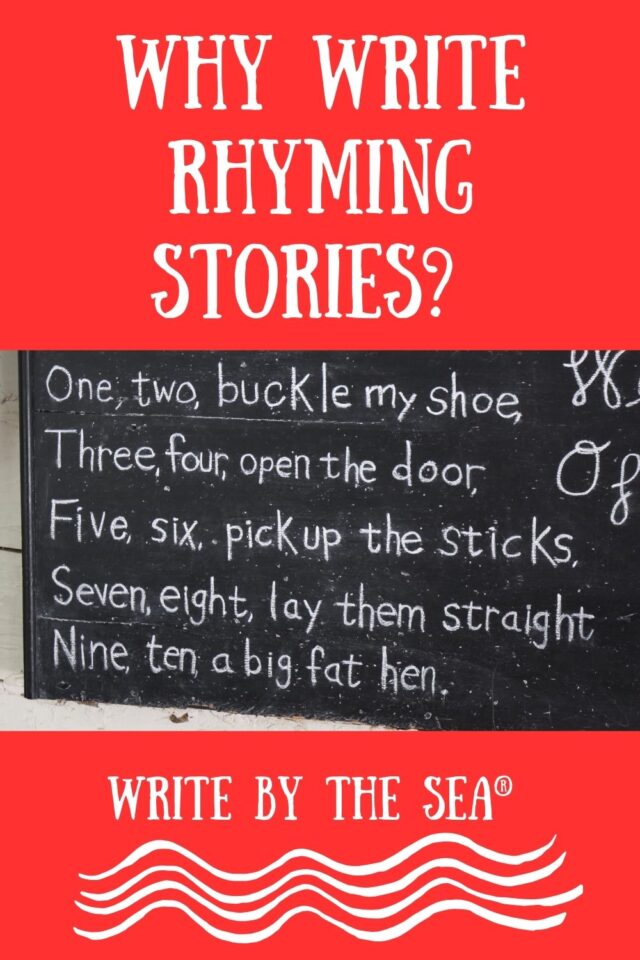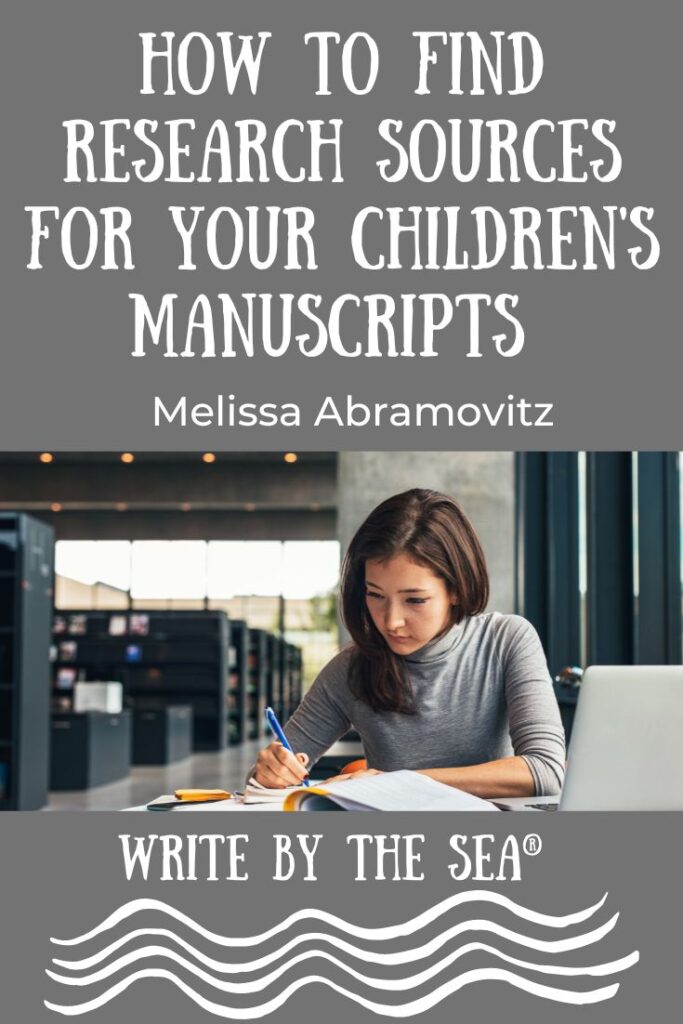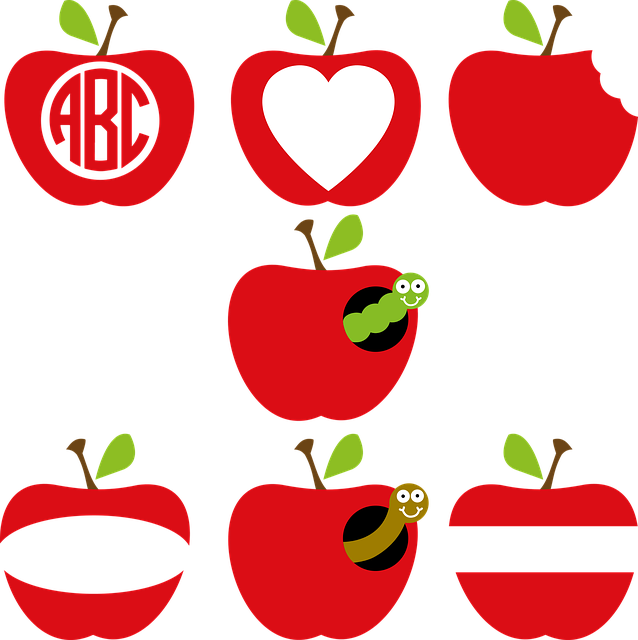by Melissa Abramovitz

Twas the night before Christmas, and all through the house…
Twinkle twinkle, little star…
Little Bo Peep has lost her sheep…
Most of us can recite at least the first stanza of each of these well-known poems/rhymes, even if we have not heard or spoken the words for many years.
There’s something about rhyming poems and stories that makes them memorable and fun to recite and recall.
Because of the rhyming structure, I realized that I still remember the entire prologue to Chaucer’s Canterbury Tales – the one that starts “Whan that aprille with his shoures soute, The droghte of march hath perced to the roote… which my 12th grade English teacher made her students memorize to help us learn Old English.
I even remember how to translate it into modern English.
I certainly can’t say that about the other books I read in high school more than 40 years ago!
The popularity of rhyming books, stories, and poems for children and older people never wanes, and researchers have discovered what many people already knew – that not only are these literary gems easy to remember, but they also benefit people of all ages, from tiny babies to adults, in many ways.
Rhyme Builds Listening, Reading, and Math Skills
First of all, the rhythm of many poems is known to be soothing, since it is, after all, a form of music.
This is why people have softly sung or recited rhyming lullabies to lure babies and children to sleep throughout history.
Studies indicate that rhyming stories also help babies and children build vocabulary and learn to discriminate among sounds.
Children who are exposed to rhymes as babies and toddlers learn to read more easily than others once they start school, and they also excel at skills which require them to manipulate and understand language.
And, as demonstrated above, rhyming text makes it easy for kids to memorize and repeat certain poems or stories, so it enhances other kinds of cognitive skills as well.
Somewhat surprisingly, learning specialists have also found that listening to and chanting rhymes enhances childrens’ math skills (possibly by enhancing their ability to discover numerical and word-related patterns).
Another thing researchers have found is that rhymes, even those which include nonsense words – and perhaps especially those that include nonsense words like the Dr. Seuss stories – make listening and reading fun for kids of all ages.
Many kids who listen to or read these types of rhymes then make up their own verses with or without nonsensical words.
The important thing is that they are having fun with language and reading, and that they are being creative.
Rhymes can even be paired with other types of activities to enhance the fun learning opportunities these story forms provide for children.
Creating and reciting rhymes while walking, getting dressed, taking a bath, or even cleaning up one’s toys makes these activities fun and memorable and even has physical fitness benefits.
In fact, many children’s magazines like to publish well-written action rhymes that pair rhyming stanzas with certain types of actions like touching the toes or walking like a crab or performing dance steps.
No Rhyming Stories!
Yet, with the unwavering popularity of rhyming stories, poems, and action rhymes, children’s authors hear over and over again that editors and agents despise receiving anything that rhymes and strongly discourage authors from submitting these types of manuscripts.
I asked several editors about this, and they all stated that they actually love seeing pictures books and other stories in rhyme, but that most of the ones they receive are so awful that they tire of looking at yet another poorly-written story in rhyme or verse.
So, basically, they do like rhyming stories, but only the ones in which the rhythm, meter, and rhyme are perfect.
As someone who loves writing stories and poems in rhyme, I know that getting the meter and rhyme just right takes a lot of time and effort.
A rhyming poem that may look like it took me ten minutes to compose may have actually required weeks of revision to find exactly the right words and meter.
This includes time spent experimenting with words that actually fit the story and are not stuck into it just because they happen to rhyme with the last word in the previous line.
I have had two rhyming picture books published and many rhyming poems published in children’s magazines, so I know that the time I spend tapping out rhythms on my desk and poring over my thesaurus and rhyming dictionary can pay off.
If you love writing in rhyme, don’t despair, since editors do want to see rhyming stories if the author puts in the amount of effort required to get it right.
About Melissa Abramovitz
 Melissa Abramovitz was an award-winning author/freelance writer who specialized in writing educational nonfiction books and magazine articles for all age groups, from preschoolers through adults.
Melissa Abramovitz was an award-winning author/freelance writer who specialized in writing educational nonfiction books and magazine articles for all age groups, from preschoolers through adults.
She also wrote short stories, poems, and picture books, and is the author of the book for writers, A Treasure Trove of Opportunity: How to Write and Sell Articles for Children’s Magazines.






